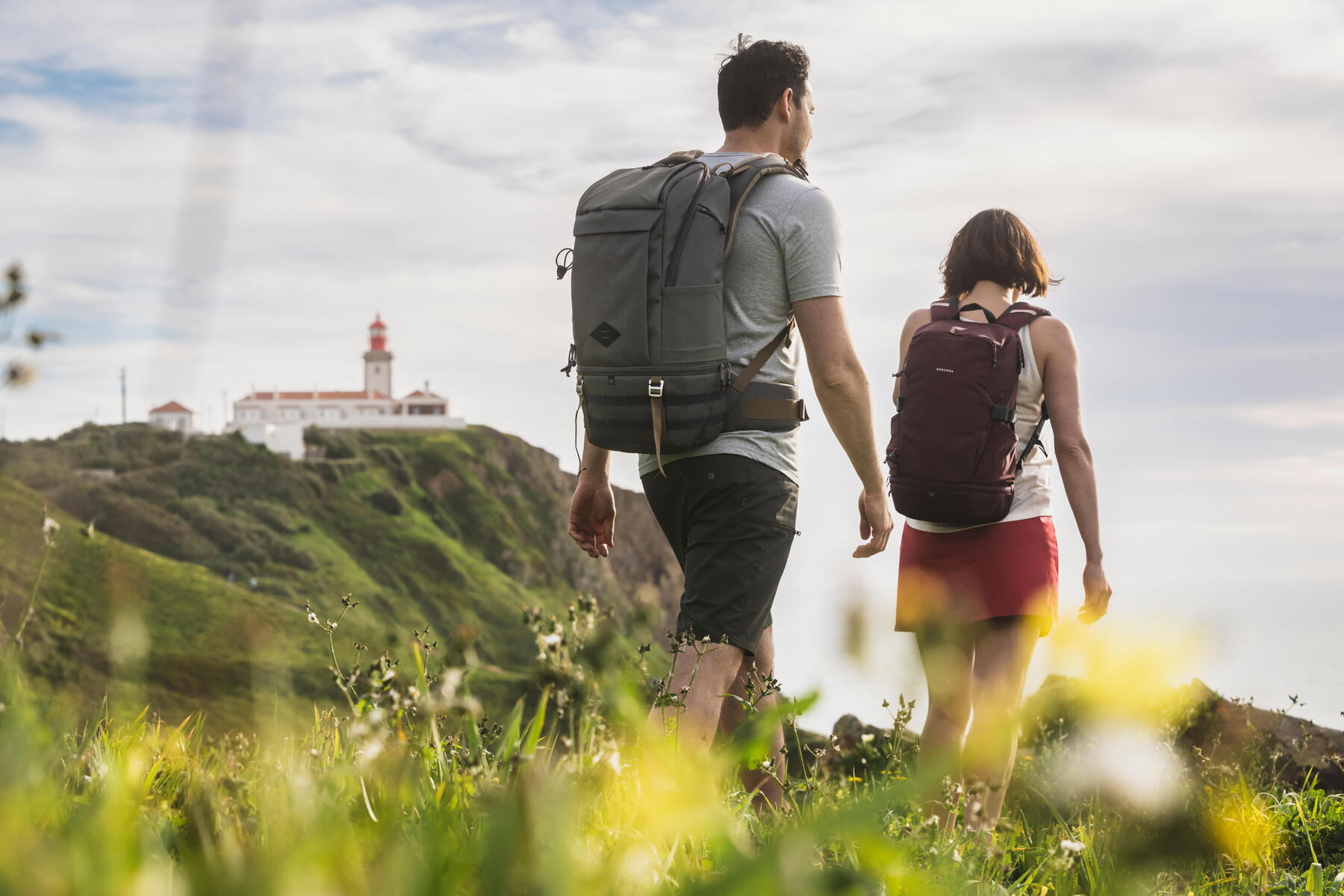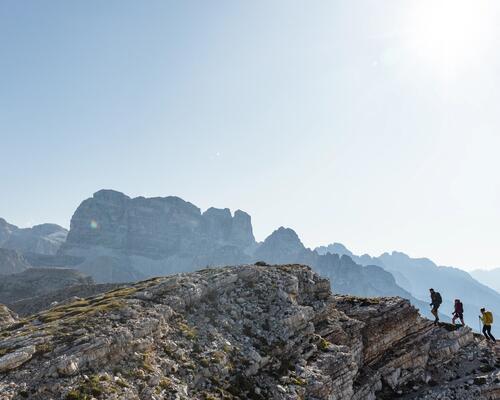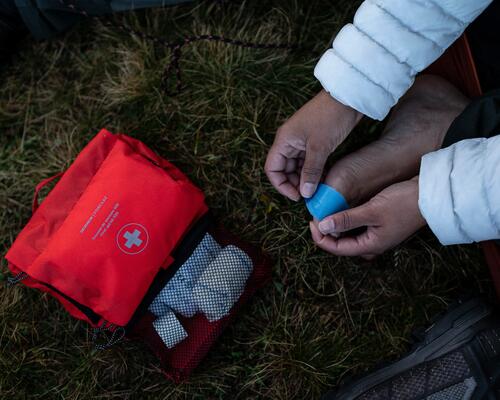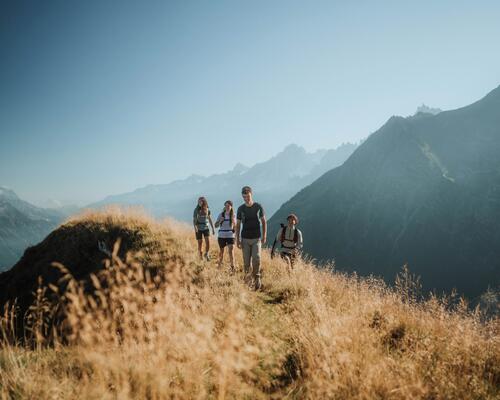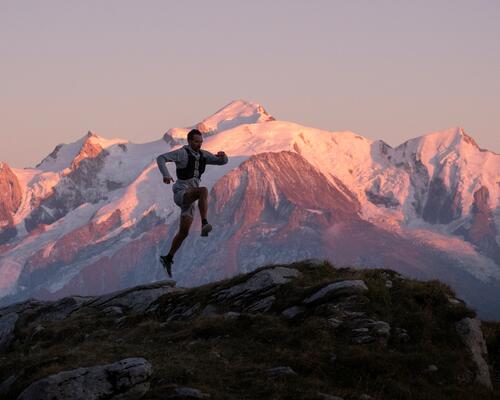Family hiking: Short or long routes?
Hiking is a great activity to do as a family, as it’s an outdoor sport that can be adapted to suit all levels.
Before setting off as a family, the more courageous can do an initial scoping out tour without the children. Otherwise, the simplest option is to ask the Tourist Office for advice or to refer to printed hiking guides.
The recommendations vary according to the child’s age:
⇾ 0 - 18 months: You’re the one who’s going to be putting in all the physical effort! With this in mind, we advise you not to tackle distances that are too long, as you’re the one who’s going to be doing the carrying and your child will need to move around and take breaks. Don’t exceed an altitude of 1,800 m and avoid cable cars which expose children to high blood pressure in the ears. The full guide for hiking with a baby is found here.
⇾ 18 months - 3 years: Your child is starting to want to walk a bit on their own on the route, but they quickly get tired and still need naps. It’s key to have some means of carrying them.
⇾ 3 - 5 years: At this age, children walk approximately 1 or 2 km / hr. In terms of distance, estimate around 1 km per year, so you can cover 3 to 5 km.
⇾ 5 - 7 years: This is when you can start increasing the distance, from 6 to 9 km, depending on your child’s physical condition and ability to manage themselves.
⇾ + over 10s: You can choose an adult hike, but of the easy variety (to be adapted according to your little one's level).
If you’re planning to go hiking for a full day, start with a few short, easy walks with your children, to warm up and get them used to this type of physical exertion.
Up to 4 years of age, consider that half of the hiking time is spent having breaks: playing, exploring, making him or her walk alone if you’re carrying them, etc.
In hiking (as in many things in life), your children like to feel dedicated to a mission! Your job as parent: to turn the walk into a fun hike. The orienteering course is ideal as it stimulates children while getting them to exercise. If there aren’t any orienteering courses nearby, we advise you to choose a hiking route with a specific goal to achieve, like a waterfall or a lake. Your children will walk with the aim of reaching something! Splashing around in cool water and enjoying a nutritious snack by a lake can be the reward for all their efforts. To motivate your children on a hike, consider taking along some accessories such as a pair of binoculars or a camera.

